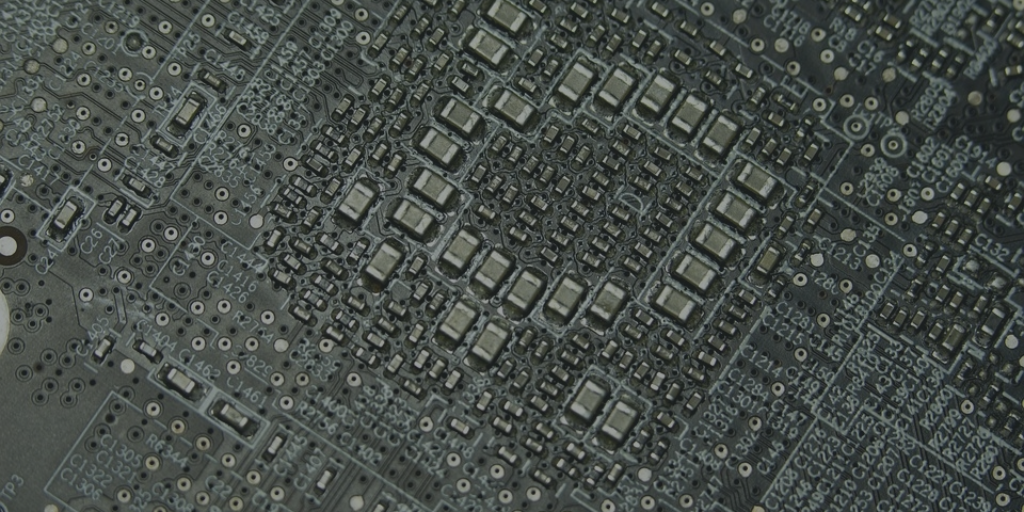Since the dawn of the computing era, computer scientists and engineers have constantly been researching how to make computers smaller, and most importantly process information even faster. Since the first computer was built the processing speed of computers has increased by about 100x. This is a remarkable feat, but engineers are still not resting on their laurels, as a new generation of computer which would surpass all its predecessors is being built.
The Quantum Computer is a new generation of computers that works on the principle of quantum theory. The concept was first theorized just less than 30 years ago by Paul Benioff in 1981. The Quantum theory developed by Max Planck explains that energy exists in individual units called Quantum, rather than existing as a continuous wave as was been proposed by some other scientists. The conventional computer store information in bits, but a quantum computer stores in qubits. To explain it better, a conventional computer manipulates bits that exist in either state 0 or 1, but a quantum computer is not limited to either of the two states, rather it makes use of both 0 and 1 at the same time thereby doubling its processing power. So in practical terms, a quantum computer can work on hundreds of computations at the same time while the typical laptop works on one.
Although experiments in quantum computational theory have been carried out with a small number of qubits, researchers at the University of Michigan have taken its practicability a step closer to reality through the invention of the ion trap on a semiconductor, which has the capacity of hosting several qubits. The ion trap uses a combination of electric and magnetic fields to capture charged particles from their environment. With this new breakthrough, the hardware for a quantum computer can be mass-produced.
The two most popular ion traps are the Penning ion trap, which uses an electric and magnetic field, and the Paul trap, which uses the static and electric fields. The Penning ion trap is preferred in the development of quantum computation and quantum computers.
The aim of the researchers at the University of Michigan is to produce more ion traps and embed them on a single chip. Although this may sound straightforward to a layman, it is frightening with many challenges as this would pose great difficulties for the laser to read the state of the electrons independently without interference from the other electrons.
The basic building block of a quantum computer is called a Quantum transistor or SQUID (Superconducting Quantum Inference Device). The reason for the term “interference” is to describe the behavior of the electrons. The electrons behave as waves which give rise to a quantum effect. The typical Quantum transistor is made from a special material called Niobium in contrast to silicon found in conventional computers. The quality of this material allows for electrons to behave as waves giving rise to the quantum effect. This material exhibits a quantum effect after it is cooled down. Cooling is integral in the functioning of the computer, the lower the temperature the better the performance. Liquid Helium is used as a coolant as the computer can cool down to operatable temperature just within hours. The rationale behind the cooling is to reduce the vibration made as to the electrons speed through the conductors.
For the processing speed and capacity of quantum computers to be effective enough for large number factorization and solving other complex mathematical problems, multiple qubits must be used. To achieve this, multiple qubits must be connected in such a way as to ensure communication between them. Each qubit possesses a small brain of its own. To hold these qubits together, elements called Couplers are inserted in between them. The Couplers are made of conducting materials allowing a seamless flow of information between the qubits. The couplers also control the flow of information between each qubit.
Surrounding the fabric of qubits and couplers are switches attached to each qubit and storing information in magnetic memory specific to each device. Attached also to each qubit are readout devices that are inactive during the computation and processing period. This is so that it does not affect or negate the qubits’ behavior. The readout devices, just as the name implies, are used to extract the results held by the qubits and return the answer to the user in a comprehensible understandable value. The results of the computation are extracted after the computation is finished.
Superconducting circuits are also being employed in Quantum computers. Superconducting circuits allow for seamless movement of electrons with zero resistance, making it about 100 times more energy-efficient than conventional computers. Superconducting circuits also tremendously improve the processing speed of quantum computers. The switches are made of what is called Quantum dots, which could be either 0 or 1. Quantum dots are essential to the processing of the Quantum computer.
Some of the benefits of Quantum computer includes solving complex mathematical problems and factorization of very large numbers which would have taken days to complete with a conventional computer. Quantum computers due to their capacity to compute very large numbers are very useful in the field of cryptology.
The reality of a Quantum computer for use by the general public or even by multinationals may appear more like a dream than reality, judging by the tremendous amount of work and research that is needed. But if there is one thing that we humans have learned during our existence here on earth, is that virtually everything is possible, if you can think it then you can do it. The practicality of a man walking on the moon seemed impossible one time, but today man has not only walked on the moon but has sent probes to the furthest distance of the cold universe.

